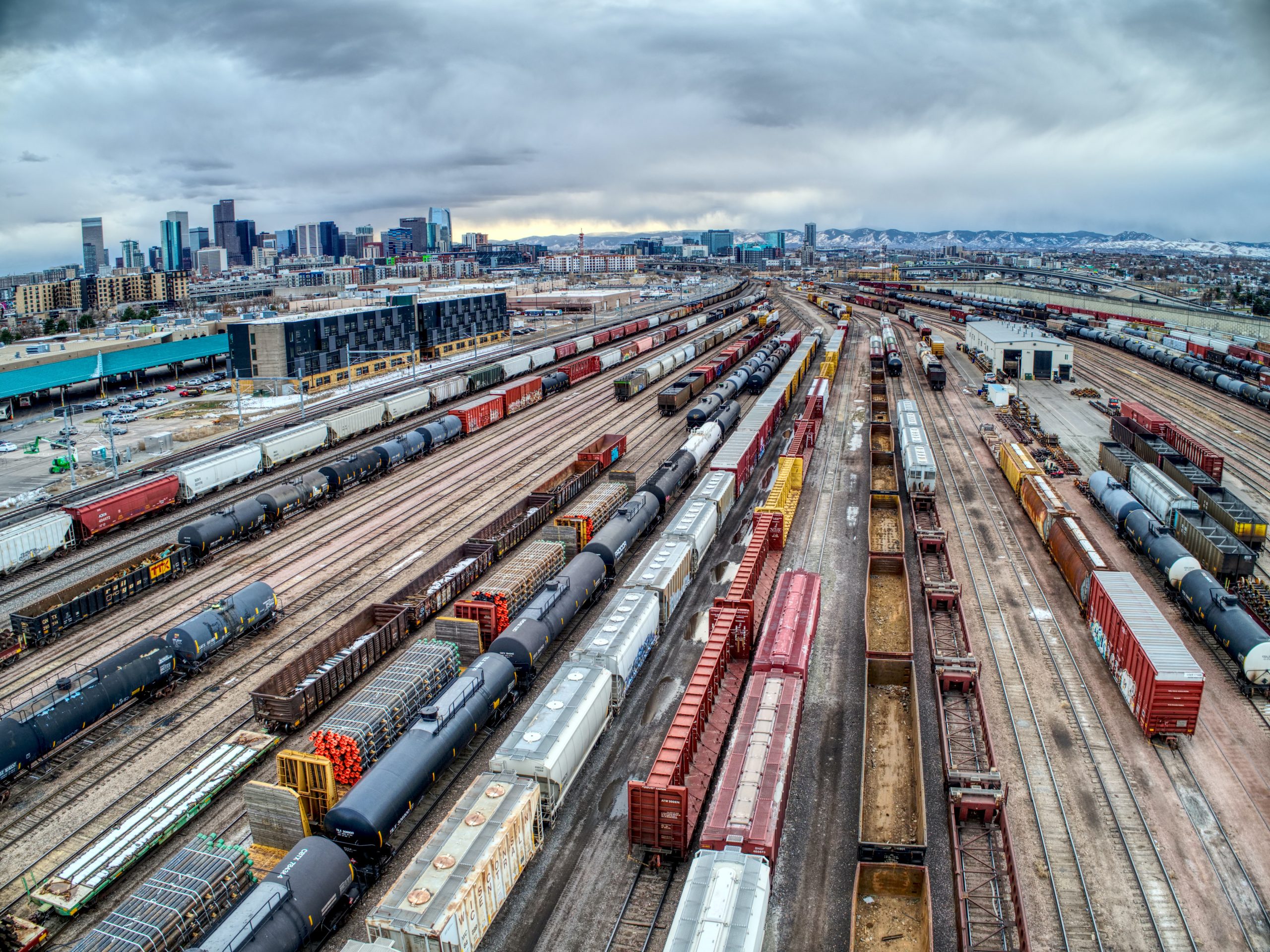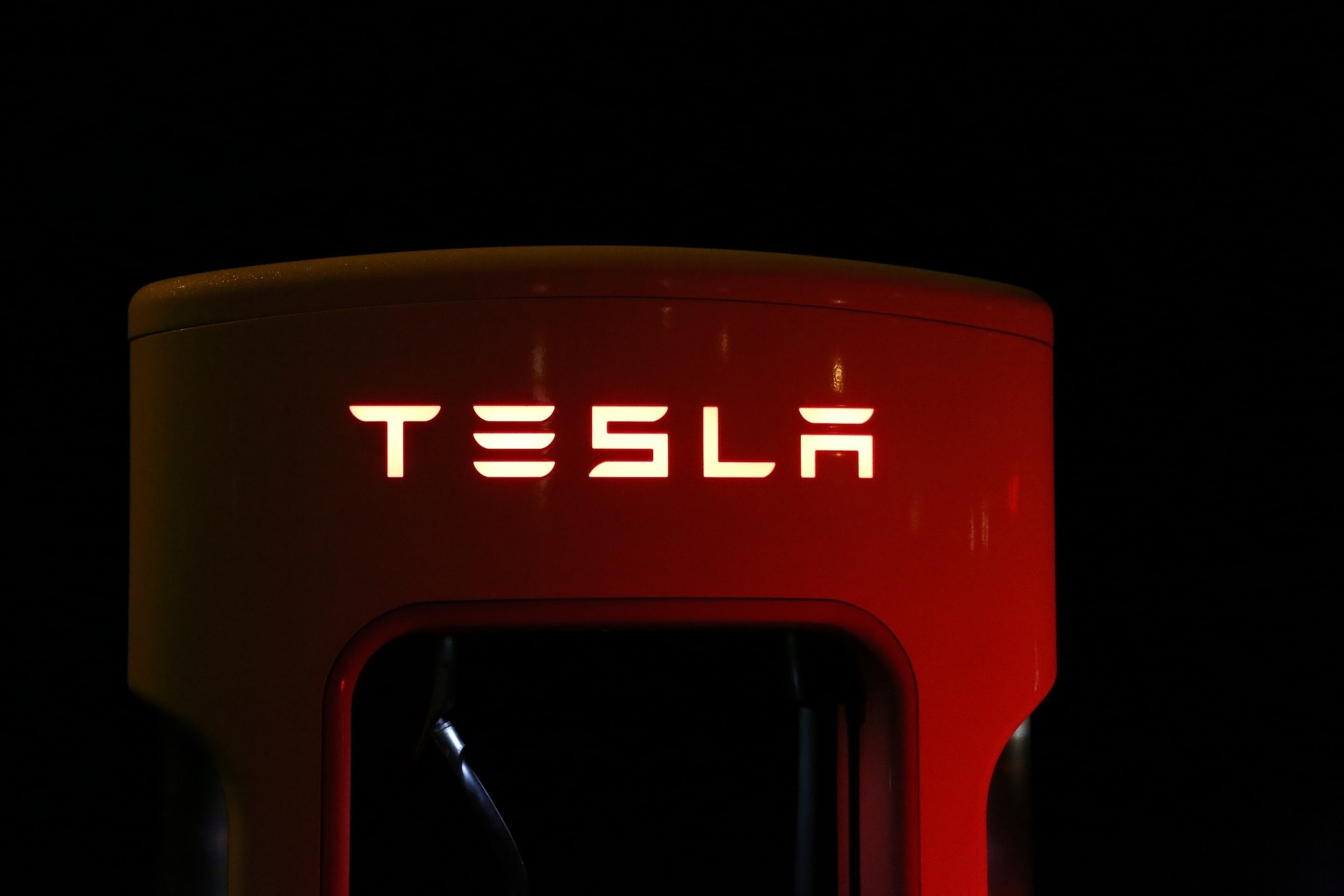The Federal Reserve officials have been under the spotlight lately, as they’ve been grappling with a tough decision to hike interest rates amidst growing concerns about inflation. Despite mounting pressure from critics and investors alike, Fed policymakers are not budging on their stance – but why? In this blog post, we’ll dive deep into the reasons behind their unwavering commitment to a rate rise decision and what it could mean for the economy at large. So fasten your seatbelts and get ready for an insightful journey!
Fed Officials Announce They Will Not Raise Rates This Year
On Wednesday, the Federal Reserve announced that they will not raise rates this year. This decision comes as a surprise to many economists who were expecting the Fed to hike rates in order to combat inflation and stimulate the economy. The decision has raised concerns that the economy may not be strong enough to handle a rate increase, and could spark another recession.
The Fed’s decision is based on several factors including weak economic growth, low inflation, and increasing uncertainty in the global economy. Officials believe that there is still more room for improvement in the U.S. economy before hiking rates would be appropriate.
This news has sparked concern among investors who are worried about potential future rate hikes. If interest rates continue to stay low, this could lead to an increase in borrowing costs which could dampen consumer spending and businesses investment.
Economic Worries Cause Fed Officials to Change their Mind
As the U.S. economy continues to show signs of strength, some Fed officials are beginning to reconsider their stance on rate hikes. However, there are still many economic worries that are causing them to hesitate.
One major concern is inflation. The Fed has been trying to prevent prices from rising too quickly due to the recent upturn in the economy, but they may be running into trouble. Wages have not risen as fast as prices, which could lead to inflation in the future if not addressed. Other concerns include potential shortages of goods and high levels of debt. These problems could become much more widespread if interest rates go up, which would make borrowing more expensive and could lead to a slowdown in the economy.
Fed officials will continue to discuss these options and make a decision on when and how much to raise rates at their next meeting on October 27th. However, for now, they appear content waiting for further evidence that the economy is stable before moving forward with any changes
Fed Officials Believe Inflation is Going to be Higher in the Future
According to several sources close to the Federal Reserve, officials believe that inflation will be higher in the future and, as such, they are sticking to their guns on a rate increase decision. This view is based in part on concerns about global economic growth and the continued potential for low inflation in the United States. Fed officials are also concerned about asset price bubbles and whether they will burst, which could lead to renewed inflation pressures.
Officials do not want to prematurely raise rates and cause a recession, but they also do not want to leave rates too low for too long in case inflation does not materialize as expected. Inflation has been relatively low recently, hovering around 2% or below, but there is still considerable uncertainty about future market developments and how they will impact economic growth and inflation. Officials believe that it is important to err on the side of caution until more definitive information becomes available.
Conclusion
Fed officials are sticking to their guns on the rate hike decision despite inflation worries, but it’s not clear what will happen next. Fed chair Janet Yellen said Thursday that a rate increase in September is still on the table and reiterated her belief that gradual hikes will lead to an economy “that works for everyone.” However, many economists say rates could hike more quickly if wage growth continues to accelerate and inflation pressures continue to rise. It remains to be seen what kind of signal either move sends about the health of the economy, but until then traders will remain cautious.










